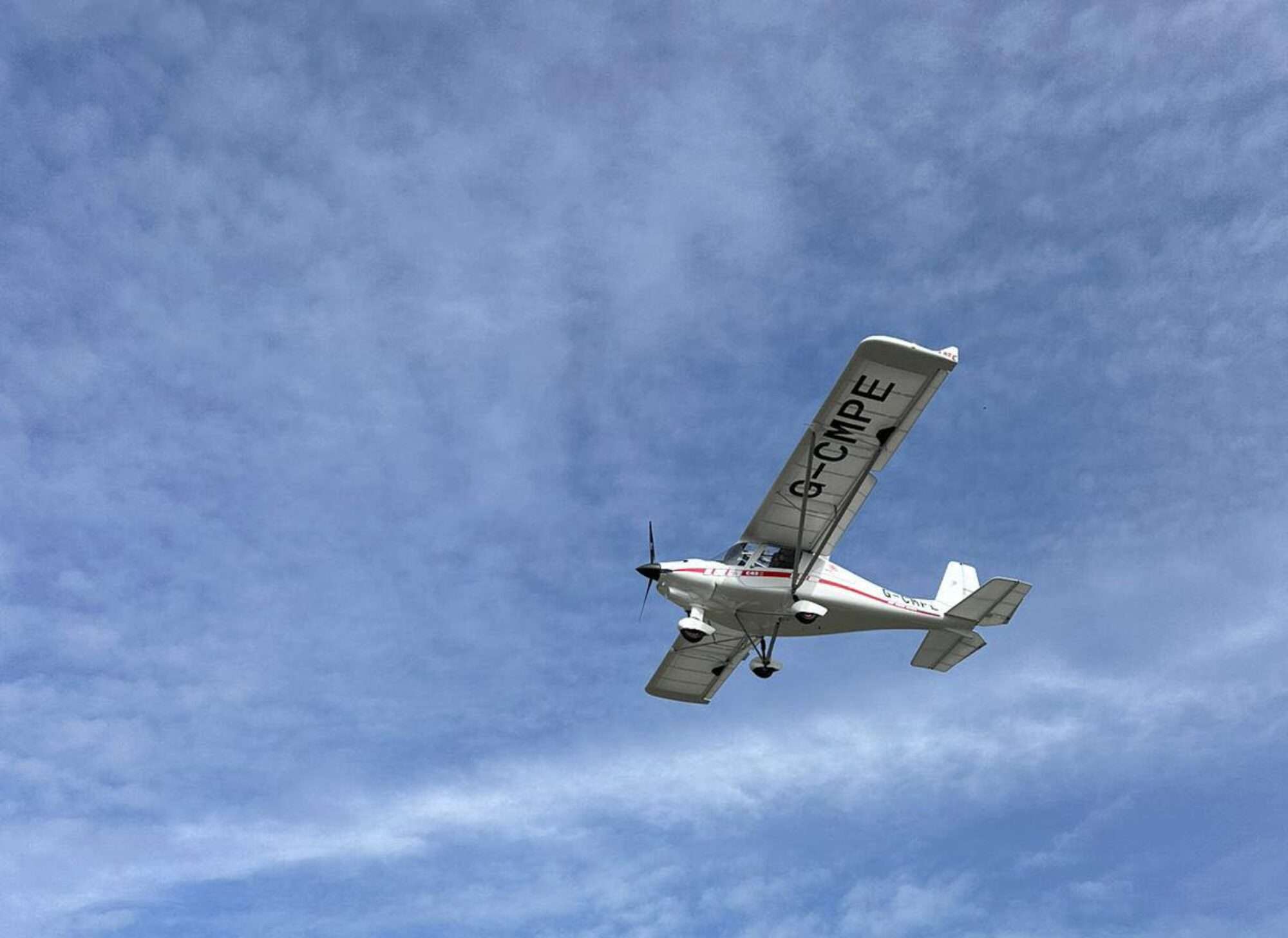#1. How long are logged hours valid for NPPL students taking their GST?
#2. Which organisation regulates Microlights airworthiness within the UK?
The CAA regulates Microlights, however, some powers have been delegated to both the BMAA and the LAA.
#3. What is the alcohol limit for a pilot?

#4. What does a white flare from aircraft or irregular switching of navigation or landing lights mean?
#5. Your Certificate of Validity (CoV) for your Permit to Fly has expired. what do you need to do to resume flying?
Select all that apply:
#6. NPPL pilots may self-declare themselves medically fit to fly, at what age does this need renewing?

#7. What does the following mean if seen on a runway?
#8. Which of the following excludes a pilot from making a Pilots Medical Declaration (PMD)?
However, a person with a physiological disorder that is controlled by medication may be certified as fit to fly by a CAA Aeromedical Examiner (AME)
#9. What is the minimum age to hold a NPPL licence for a microlight?
#10. Microlights fly under VFR rules how early/late can you fly?
#11. To keep your NPPL valid you must fly?
#12. How wide is an "Airway"
#13. When flying over a built up area you must
#14. In order to carry an non pilot of type as a passenger you must have completed
#15. Can you enter a MATZ without clearance to do so?

#16. What does this symbol mean?
#17. What is the maximum permitted angle of bank for a microlight, if not further restricted by the aircrafts permit to fly?
#18. Can the time flown on your GST be counted towards you minimum required hours?
#19. What are the minimum hours required to obtain a full microlight licence?
#20. To display fly at an airshow you must have?
#21. What commercial use may Microlight pilots undertake?
#22. How long must you keep your personal flying log for after your last flight?
#23. Class E airspace is for both IFR and VFR flights but do you require a clearance to enter it?
Class E. Class E airspace is for IFR and VFR use. IFR aircraft require ATC clearance and compliance with ATC instructions is mandatory for separation purposes. VFR traffic does not require clearance to enter class E airspace.

#24. What does this symbol mean?
A white double cross signifies that glider flying is in progress. A larger version marks an area to be used only by gliders.
#25. Obstructions in airspace MUST be lit if over what height
Results
Well done you passed this NPPL air law quiz!
This quiz is brought to you free of charge, if you like it please consider visiting our sponsor’s by clicking one of the links or supporting us by exploring one of the ads.
Good attempt but a little more air law revision may be needed!
This quiz is brought to you free of charge, if you like it please consider visiting our sponsor’s by clicking one of the links or supporting us by exploring one of the ads.




